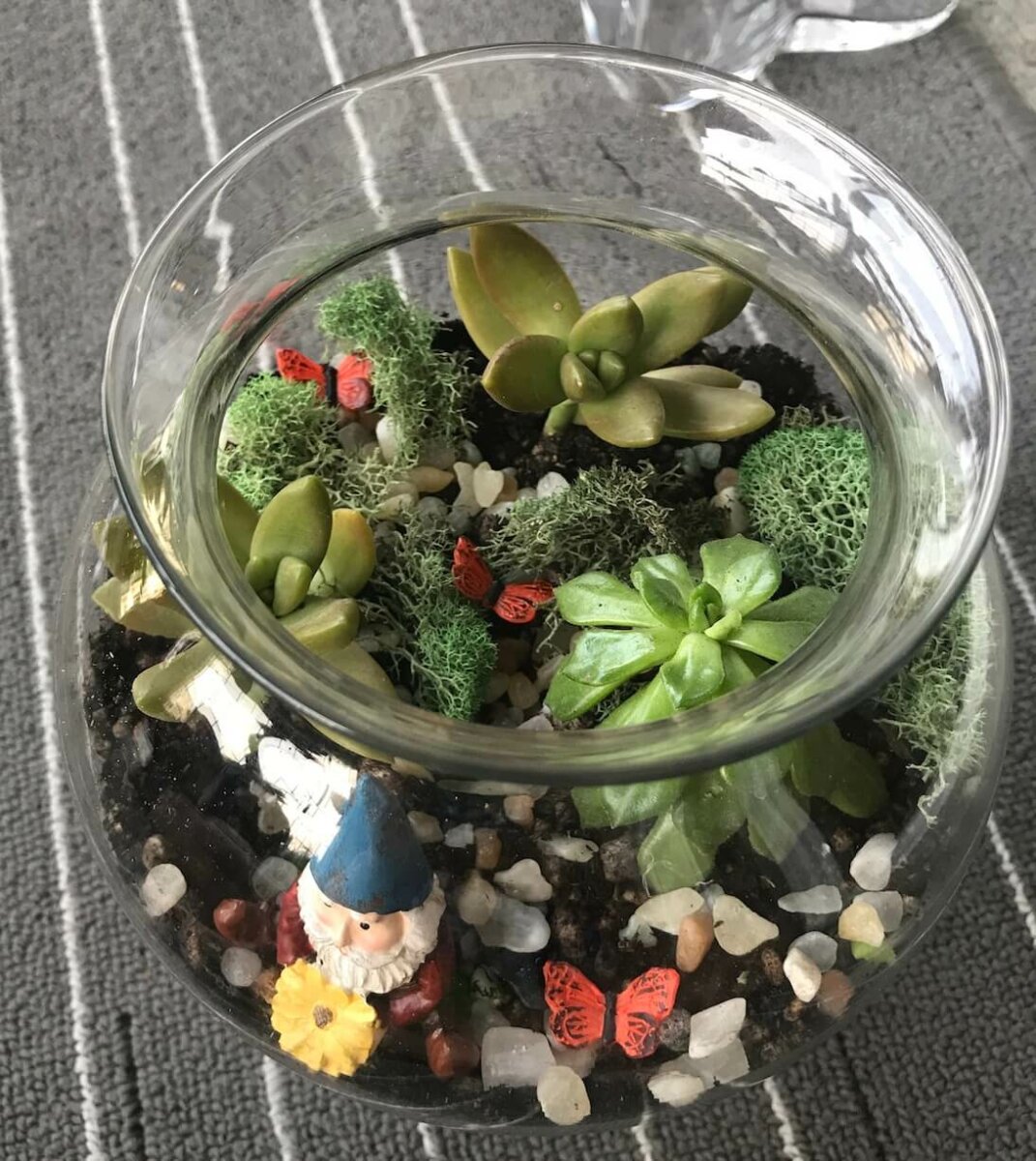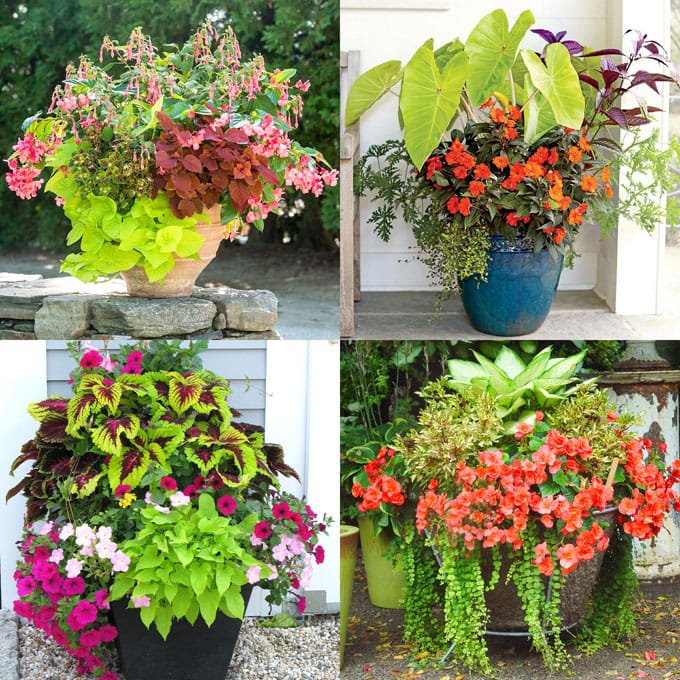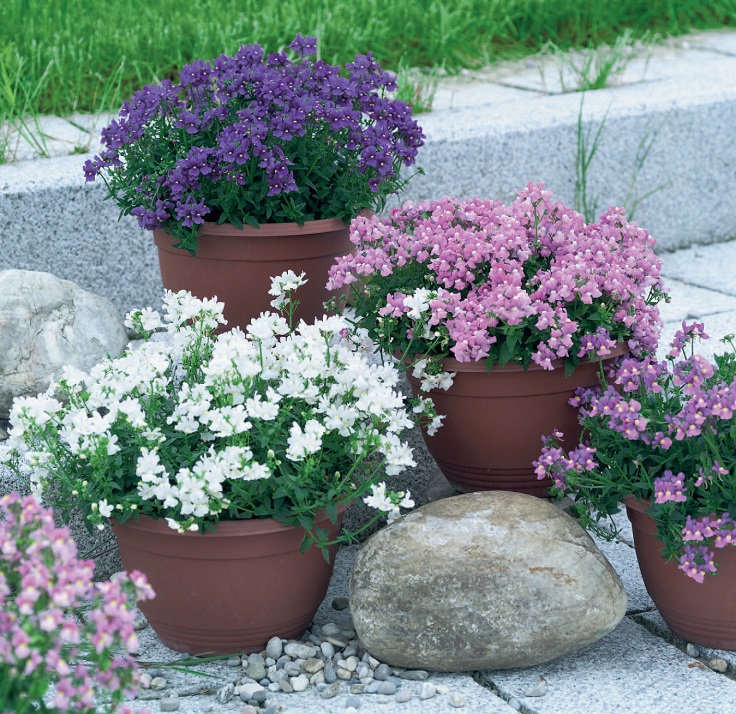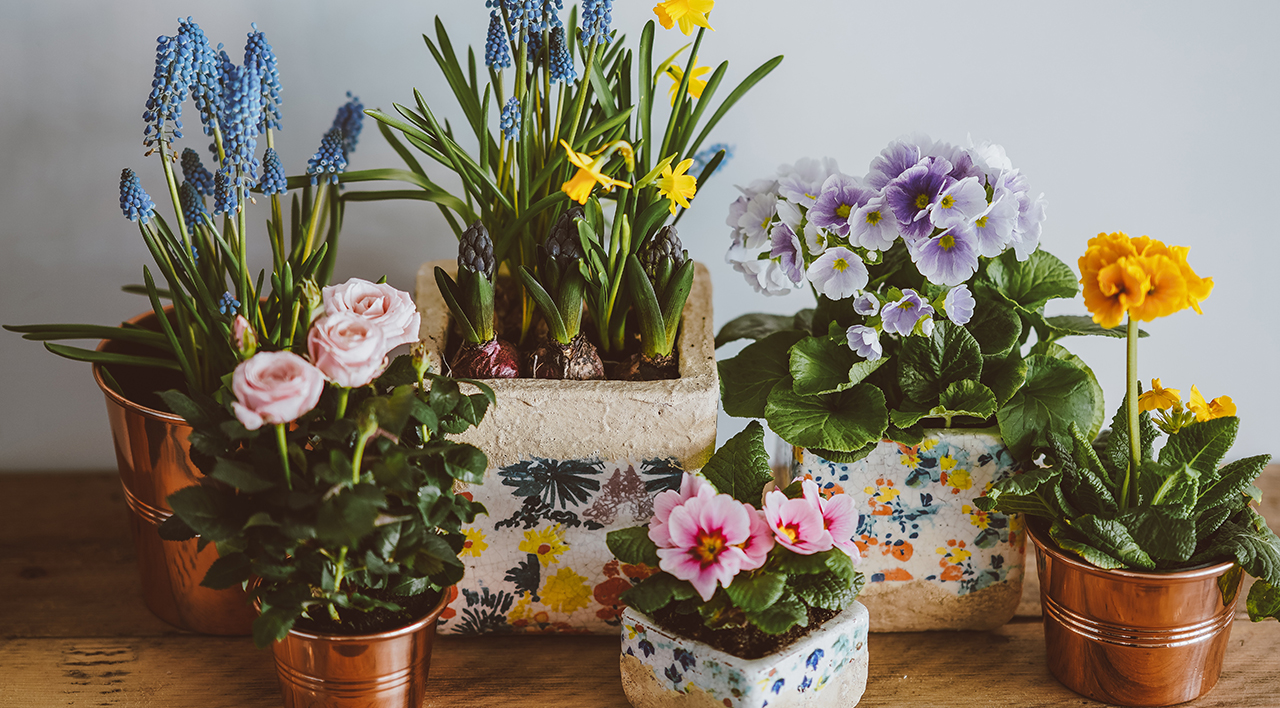Why Small Pots Need Special Care
When it comes to growing plants in small pots, there are unique challenges that must be addressed to ensure the health and survival of the plants. One of the primary concerns is the limited soil volume, which can lead to restricted root growth and increased risk of overwatering. This is because small pots have a smaller capacity to hold moisture, making it easier to overwater and cause root rot. Additionally, the roots of the plants may become pot-bound, which can stunt their growth and make them more susceptible to disease.
Another challenge of growing plants in small pots is the need for more frequent watering and fertilization. Since the soil volume is limited, the plants may require more frequent watering to prevent drying out, and fertilization may need to be more frequent to provide the necessary nutrients for growth. This can be a delicate balance, as overwatering and overfertilization can be detrimental to the plants.
Despite these challenges, growing plants in small pots can be a rewarding and space-saving way to bring some greenery into your home or office. By understanding the unique needs of plants in small pots and taking steps to address them, you can create a thriving miniature garden that brings joy and freshness to your space. In fact, selecting the best plants for small pots is crucial to ensure their success, and we will explore this topic further in the following sections.
Selecting the Right Plants for Your Tiny Terrarium
When it comes to growing plants in small pots, selecting the right plants is crucial for their success. Not all plants are suited for compact containers, and choosing plants that are specifically adapted to thrive in small spaces can make all the difference. Plants with compact growth habits, slow growth rates, and tolerance for low light are ideal for small pots.
Compact growth habits are essential for small pots, as they prevent the plants from outgrowing their containers. Slow growth rates also help to prevent the plants from becoming pot-bound, which can lead to root rot and other problems. Additionally, plants that can tolerate low light conditions are perfect for small pots, as they can thrive in indoor spaces with limited natural light.
By selecting plants that are specifically suited for small pots, you can create a thriving miniature garden that brings joy and freshness to your space. In the following sections, we will explore the best plants for small pots, including succulents, cacti, and herbs, and provide tips and guidelines for choosing the perfect plants for your tiny terrarium.
How to Pick Plants that Will Prosper in Cramped Quarters
Choosing the best plants for small pots requires careful consideration of several factors. When selecting plants for compact containers, it’s essential to think about plant size, leaf shape, and watering needs. Plants that are naturally compact or dwarf varieties are ideal for small pots, as they won’t outgrow their containers. Leaf shape is also crucial, as plants with smaller leaves or needle-like foliage tend to thrive in small spaces.
Watering needs are also a critical factor to consider. Plants that require frequent watering may not be the best choice for small pots, as they can be prone to overwatering. Instead, opt for plants that are drought-tolerant or require infrequent watering. This will help prevent waterlogged soil and root rot, common problems in small pots.
Another key consideration is the plant’s growth rate. Fast-growing plants may quickly outgrow their containers, while slow-growing plants are better suited for small pots. By considering these factors, you can choose the best plants for small pots and create a thriving miniature garden. In the next section, we’ll explore the top 5 plants that excel in small containers, including succulents, cacti, and herbs.
Top 5 Plants that Excel in Small Containers
When it comes to choosing the best plants for small pots, there are several options that stand out from the rest. Here are five plants that are particularly well-suited for small containers, including succulents, cacti, and herbs.
Succulents, such as Aloe Vera and Echeveria, are ideal for small pots due to their compact growth habits and ability to thrive in low-light conditions. They also require infrequent watering, making them perfect for busy people or those new to plant care.
Cacti, like the Prickly Pear and Christmas Cactus, are another great option for small pots. They are low-maintenance, drought-tolerant, and can survive with minimal watering. Plus, they add a unique touch to any room with their striking shapes and vibrant colors.
Herbs, such as Basil and Mint, are also well-suited for small pots. They are compact, easy to care for, and can be harvested in as little as a few weeks. Plus, they add fresh flavor to a variety of dishes and can be grown indoors year-round.
Rounding out the top 5 are Peperomia and Pothos, two plants that are perfect for small pots due to their compact growth habits and ability to thrive in low-light conditions. They are also low-maintenance and can survive with infrequent watering, making them ideal for busy people or those new to plant care.
These five plants are just a few examples of the best plants for small pots. By choosing plants that are specifically suited for compact containers, you can create a thriving miniature garden that brings joy and freshness to your space.
The Magic of Microgreens: A Great Option for Small Pots
Microgreens are a great option for small pots, offering a compact, fast-growing, and nutritious way to add some greenery to your space. These young, immature plants are harvested within 1-3 weeks of germination, making them perfect for small pots where space is limited.
One of the biggest advantages of microgreens is their compact size. They require minimal space to grow, making them ideal for small pots, windowsills, or even indoor gardens. Plus, they can be grown in as little as 1-2 inches of soil, making them a great option for shallow containers.
Microgreens are also incredibly fast-growing, with some varieties ready to harvest in as little as 7-10 days. This means you can enjoy a continuous harvest of fresh, nutritious greens without having to wait weeks or even months for your plants to mature.
In addition to their compact size and fast growth rate, microgreens are also packed with nutrients. They contain higher levels of vitamins, minerals, and antioxidants than their mature counterparts, making them a great addition to salads, sandwiches, and other dishes.
Some popular microgreen varieties for small pots include salad mix, pea shoots, and radish greens. These varieties are easy to grow, require minimal care, and can be harvested in as little as 1-2 weeks.
By incorporating microgreens into your small pot garden, you can enjoy a continuous harvest of fresh, nutritious greens while adding some visual interest to your space. Plus, they’re a great way to get started with gardening, even if you don’t have a lot of space or experience.
Creating a Beautiful Mini Garden in a Small Pot
When it comes to creating a beautiful mini garden in a small pot, the key is to think creatively and make the most of the limited space. Here are some design tips and ideas to help you get started:
First, choose a decorative container that complements the plants you’ve selected. Consider using a small ceramic or terracotta pot, or even a unique container like a teacup or vintage planter. This will add visual interest to your mini garden and make it a focal point in your home.
Next, select a mix of plants that will thrive in small pots and provide a visually appealing combination of textures, colors, and shapes. Consider combining plants with different growth habits, such as upright plants like succulents or herbs with trailing plants like ivy or creeping thyme.
To add some extra visual interest to your mini garden, consider incorporating decorative elements like small rocks, pebbles, or marbles. You can also use moss or other groundcovers to fill in any gaps between the plants and create a lush, verdant look.
Another key element to consider is the lighting in your mini garden. Most plants require bright, indirect light to thrive, so make sure to place your pot in a spot that receives plenty of natural light. If you’re creating a mini garden for a low-light area, choose plants that are tolerant of shade, such as Chinese Evergreen or Pothos.
Finally, don’t be afraid to experiment and try out different combinations of plants and decorative elements. The beauty of creating a mini garden in a small pot is that it’s easy to change things up and try out new ideas, so don’t be afraid to get creative and have fun with it!
By following these design tips and ideas, you can create a beautiful and thriving mini garden in even the smallest of pots. Whether you’re a seasoned gardener or just starting out, the best plants for small pots can bring joy and freshness to any space.
Common Mistakes to Avoid When Growing Plants in Small Pots
When it comes to growing plants in small pots, it’s easy to make mistakes that can lead to poor plant health or even plant death. Here are some common mistakes to avoid when growing plants in small pots:
Overwatering is one of the most common mistakes people make when growing plants in small pots. Because small pots have limited soil volume, they can quickly become waterlogged, leading to root rot and other problems. To avoid overwatering, make sure to check the soil moisture regularly and only water when the soil feels dry to the touch.
Underwatering is another common mistake that can be just as detrimental to plant health. Small pots dry out quickly, so it’s essential to water regularly, especially during hot or dry weather. However, be careful not to overwater, as this can lead to root rot and other problems.
Neglecting to fertilize is another mistake that can lead to poor plant health. Small pots have limited soil volume, which means they can quickly deplete the nutrients in the soil. To avoid this, make sure to fertilize regularly with a balanced fertilizer that’s specifically formulated for small pots.
Not providing enough light is another common mistake that can lead to poor plant health. Most plants require bright, indirect light to thrive, so make sure to place your small pot in a spot that receives plenty of natural light. If you’re growing plants in a low-light area, choose plants that are tolerant of shade, such as Chinese Evergreen or Pothos.
Finally, not pruning or repotting regularly can lead to poor plant health and a lack of growth. Small pots can quickly become pot-bound, which means the roots have outgrown the pot and need to be transplanted into a larger container. Regular pruning and repotting can help keep your plants healthy and thriving.
By avoiding these common mistakes, you can create a thriving mini garden in even the smallest of pots. Remember to choose the best plants for small pots, provide regular care and maintenance, and avoid common mistakes that can lead to poor plant health.
Tips for Maintaining Healthy Plants in Small Containers
To keep your plants thriving in small pots, it’s essential to provide ongoing care and maintenance. Here are some tips to help you maintain healthy plants in small containers:
Watering is crucial for plants in small pots, as they can quickly dry out. Check the soil moisture daily, and water only when the soil feels dry to the touch. Avoid getting water on the leaves to prevent fungal diseases. Instead, water at the soil level to ensure the roots receive the necessary moisture.
Fertilizing is also vital for plants in small pots, as the soil can quickly deplete of nutrients. Use a balanced fertilizer that’s specifically formulated for small pots, and follow the instructions on the label. Fertilize sparingly, as overfertilization can damage the roots.
Pruning is essential for maintaining the shape and size of plants in small pots. Remove any dead or dying leaves or stems, and trim back overgrown branches to encourage bushy growth. Prune plants regularly to maintain their compact shape and promote healthy growth.
Repotting is necessary when the plant has outgrown its container or is showing signs of nutrient deficiency. Choose a pot that’s only slightly larger than the previous one, and use a well-draining potting mix to prevent waterlogged soil. Repot plants in the spring or summer when they’re actively growing.
Finally, monitor your plants regularly for signs of pests or diseases. Check for common pests like spider mites, mealybugs, and aphids, and treat promptly if you notice any infestations. Inspect your plants regularly for signs of disease like yellowing leaves, black spots, or powdery mildew, and treat promptly if you notice any infections.
By following these tips, you can maintain healthy plants in small pots and enjoy a thriving mini garden. Remember to choose the best plants for small pots, provide regular care and maintenance, and avoid common mistakes that can lead to poor plant health.









